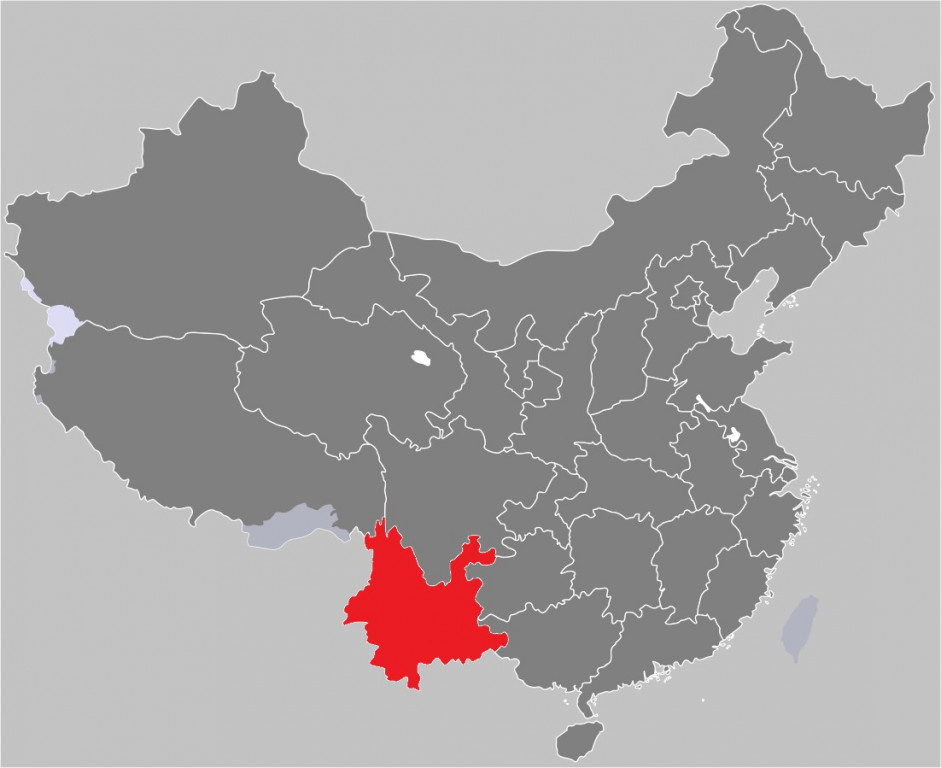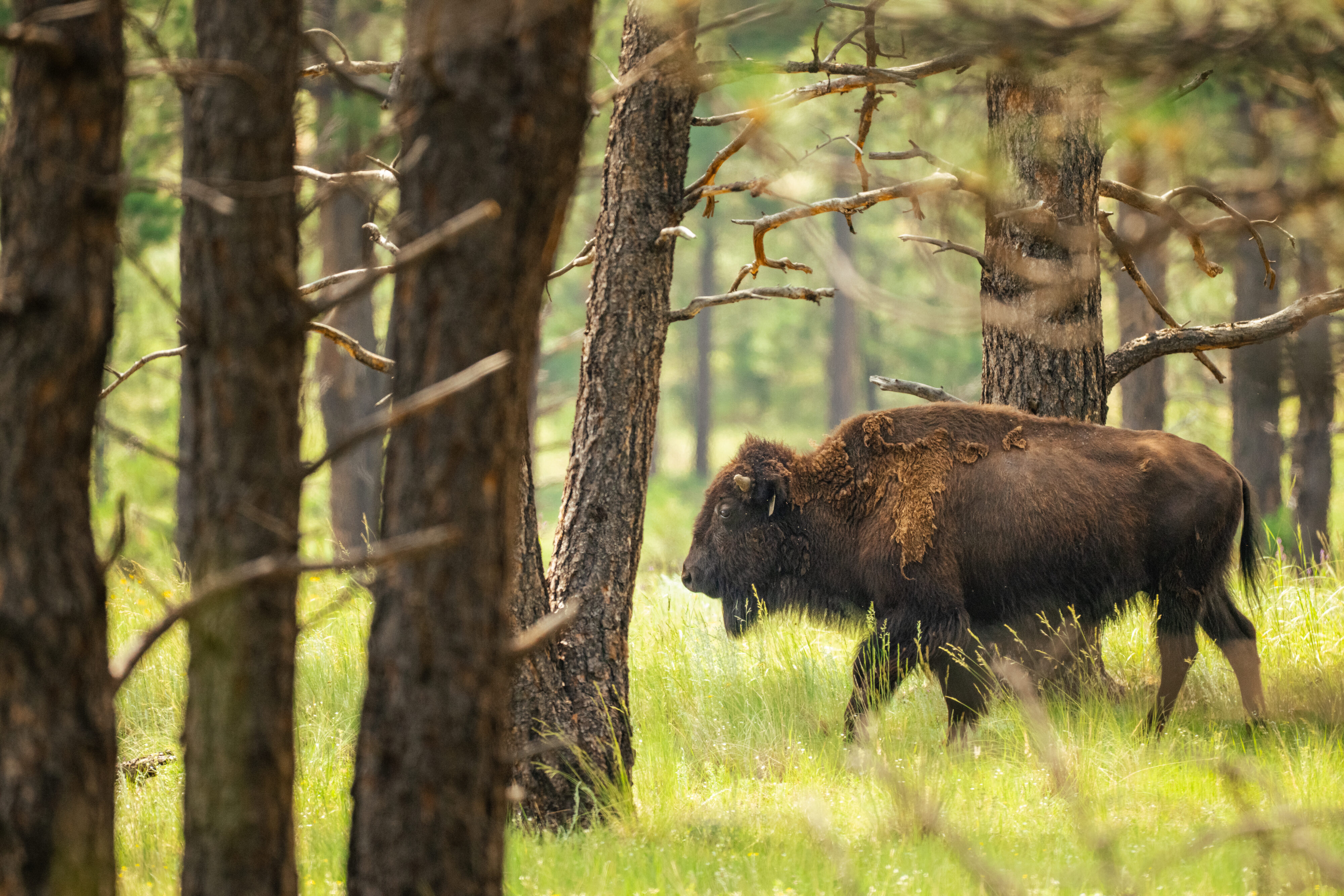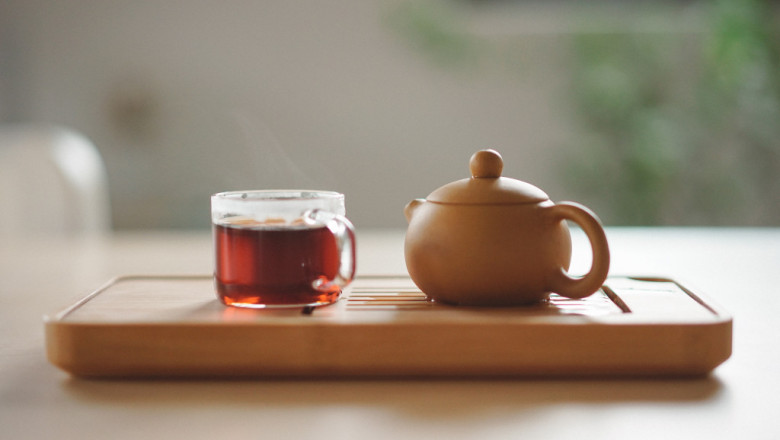Essay | Pu’er tea: China’s cultural heritage threatened by a changing climate
I’ve never been to Yunnan province in Southwest China, an area believed to be the birthplace of tea some 4,700 years ago. Yet its legendary tea, known as Pu’er, was an indispensable part of my childhood. Unlike green, white or oolong tea, Pu’er undergoes microbial fermentation and tastes better with age, just like wine. Chinese people think of Pu’er in the same way French people think of Bordeaux. It plays an important role in Chinese culture, pride, and identity.
Growing up in China, every day after dinner, my father would bring out his mint green porcelain tea set to brew the family Pu’er tea. A rich and earthy aroma arose as the dark-colored liquid was poured into my teacup. As I slowly sipped the tea, layers of flavors waltzed on my tongue. To me, tea is more than a drink. It’s a memory associated with home. It’s a cultural heritage of my country.

Pu’er tea is produced exclusively in Yunnan region thanks to its unique climate conditions and terrain, which allow ancient tea trees — some over a thousand years old — to flourish naturally. Each batch of tea is an expression of its terroir, or the specific environment that gives each tea its unique taste, making it sensitive to the effects of climate change. Variations in temperature and precipitation may affect tea yield, as well as alter the complex balance of chemicals that gives tea its special flavor and potential health benefits, reported in Nature.
According to the International Tea Committee, China, as the world’s largest tea producer, accounted for roughly 45% of the global tea production in 2020, followed by India. Most tea-growing regions are located in China’s southern provinces that have a warm and humid climate. In Yunnan, the tea industry has become an important economic pillar of more than 77% of its counties, with the tea industry providing “the main income source for millions of mountain farmers,” a journal article from Environmental Research Communications reported.
The Yunnan region experiences a subtropical monsoon climate. The Intergovernmental Panel on Climate Change reported that monsoon land precipitation will likely increase in East, Southeast and South Asia mainly due to increasing moisture convergence by elevated temperatures. The bad news is that more rain during the monsoon season has been shown to decrease tea yield, according to a study led by Tufts University. One possible reason is the increased cloud cover that comes with rain has limited plant and tree growth. In another Tufts University survey of Chinese tea growers, the majority of farmers interviewed agreed that precipitation patterns have changed during their lifetimes — increased duration, strength and unpredictability. They have also observed fewer cold days and warmer winters and summers, resulting in earlier spring tea harvests and monsoon tea harvests.

Rainfall levels are of central importance to tea quality, which is determined by its aroma, looks, and taste. Secondary metabolites are the chemical compounds that give tea its rich flavors, bitter taste, and health benefits. These are the compounds that allow me to distinguish Pu’er from the other types of tea and give Pu’er its distinct flavor as “gentle, elegant and comforting, like an embrace from a parent,” described by Saveur’s executive digital editor Max Falkowitz. However, there’s a dilution effect of extra rain on tea plants that results in a decrease in concentrations of tea’s secondary metabolites, leaving the tea tasteless. In the survey, 94% of the farmers perceive that precipitation variability impacts tea quality and they linked a decline of up to 50% in household income from tea sales to the dilution of taste as the leaves take in more water from the extra rainfall.
Moreover, a study from Food Chemistry found that temperature variations due to elevations have a direct effect on tea quality. Tea displays “sweet, floral, honey-like notes” at higher altitude, where the temperature is lower, while it gives “grassy, hay-like aroma” at lower. Also, tea grown at a higher elevation contains compounds potentially beneficial to health that are missing from tea grown at a lower elevation in the same location. This suggests that tea would lose some of its health benefits if temperatures rise.
The Yunnan government warned in 2016 that the mean annual temperatures will keep rising over the next 10 to 30 years, adding that rain patterns disrupted by climate change will threaten the output of crops such as tea, tobacco, and rubber.

Tea is more than just a drink. It is a cultural heritage, an economic pillar, a healthy lifestyle, and an expression of nature. When I take a sip of Pu’er, the gentle bitterness and nuances of flavors instantly bring me back to the dining table at home. I hear the sound of water boiling in the kettle; I see Dad reading his book and Mom patting my cat Lusky, who’s purring loudly. As I look down in my tea cup, instead of my own face reflected back, I see a worrisome face of a Chinese tea farmer. Climate change is brewing a major challenge for tea production, and our actions in response will determine the livelihoods of millions of farmers.


























